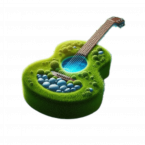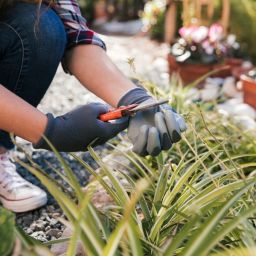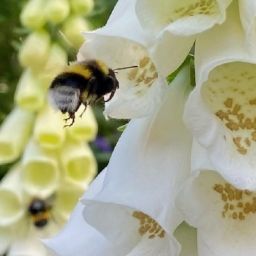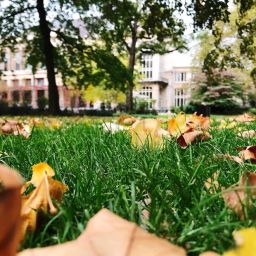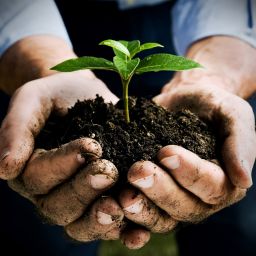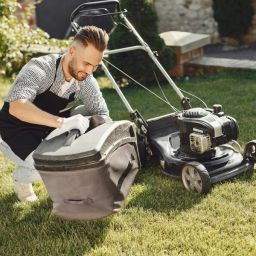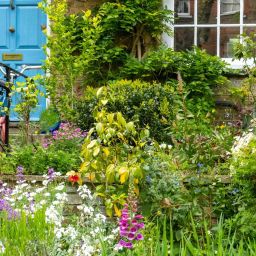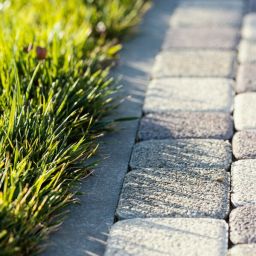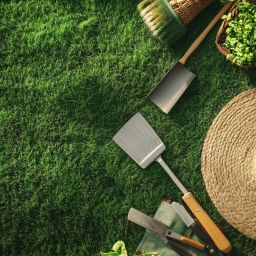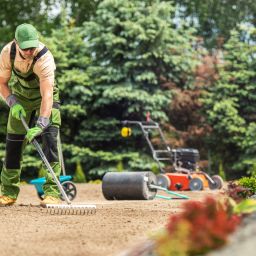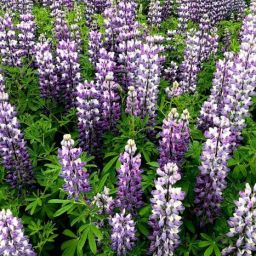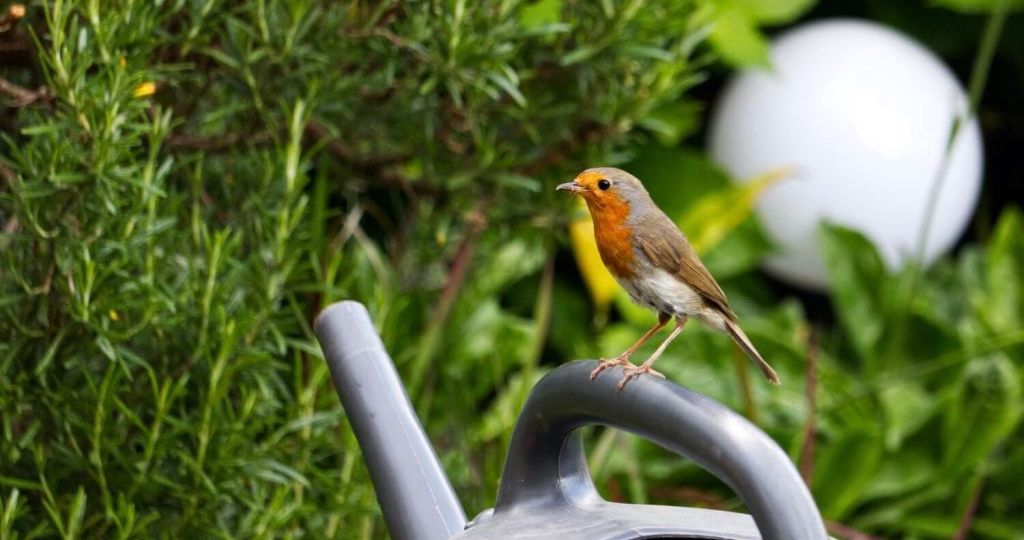
Creating a bird-friendly yard not only enhances the beauty of your outdoor space but also contributes to local biodiversity and provides a welcoming environment for various bird species. At Landscaping Nashville, we understand the importance of crafting a space that appeals to both you and your feathered friends. With our expertise in Lawn Mowing, Fertilization, Clean Up, and Pest Control, we can guide you through the steps necessary to make your yard a haven for birds.
CONTACT US
Why Create a Bird-Friendly Yard?
A bird-friendly yard offers numerous benefits. Birds help control insect populations, contribute to pollination, and add vibrant colors and joyful sounds to your garden. By creating an inviting habitat, you support local wildlife and enjoy a more dynamic and lively outdoor space.
1. Choosing the Right Plants
Selecting appropriate plants is crucial for attracting and sustaining bird life. Birds are drawn to yards that offer diverse food sources, shelter, and nesting opportunities. Here’s how to make your plant selection bird-friendly:
- Native Plants: Opt for native plants as they are well-suited to the local climate and provide the right food and shelter for local bird species. Native shrubs, trees, and flowering plants offer the best resources for birds.
- Berry-Producing Plants: Plants that produce berries, such as holly, elderberry, and serviceberry, are excellent for attracting birds. These provide essential nutrients, especially in the winter months.
- Seed-Providing Plants: Incorporate plants like sunflowers, coneflowers, and black-eyed Susans that produce seeds. Many bird species, including finches and sparrows, are particularly fond of these.
- Nesting Plants: Dense shrubs and trees can offer ideal nesting sites. Look for plants with thick foliage or those that produce dense clusters of branches.
2. Providing Fresh Water
Water is a vital resource for birds. A reliable and clean water source in your yard can attract a variety of bird species. Consider the following options:
- Birdbaths: Install a birdbath with a shallow basin to ensure that birds of all sizes can use it. Keep the water clean and refresh it regularly to prevent the growth of algae and bacteria.
- Water Features: Adding a small fountain or a pond with gently flowing water can create a more natural environment. Birds are often attracted to the sound of running water.
- Bird-Friendly Design: Ensure the water feature has a gradual slope or stepping stones so that birds can safely access the water.
3. Offering Food Sources
Providing a variety of food sources will cater to different bird species. Here’s how to ensure that your yard meets the dietary needs of your avian visitors:
- Seed Feeders: Use different types of seed feeders to attract various species. Tube feeders, hopper feeders, and tray feeders can accommodate different kinds of seeds and birds.
- Suet Feeders: Suet is a high-energy food that attracts woodpeckers, nuthatches, and chickadees. Place suet feeders in a sheltered location to protect them from the elements.
- Nectar Feeders: Hummingbirds are drawn to nectar feeders. Choose a feeder with a red color and clean it regularly to prevent mold growth.
4. Creating Shelter and Nesting Sites
Birds need safe places to rest, shelter from predators, and build their nests. Here’s how to provide these essential features:
- Birdhouses: Install birdhouses to offer nesting sites. Make sure they are made from natural materials and are the right size for the species you wish to attract.
- Dense Vegetation: Maintain areas of dense shrubs and trees where birds can find cover and build nests. Avoid excessive pruning, as it can reduce the shelter available to birds.
- Brush Piles: Creating brush piles in a corner of your yard can provide additional shelter and foraging opportunities for ground-feeding birds.
5. Lawn Care and Maintenance
Maintaining a healthy lawn contributes to the overall health of your yard and supports a bird-friendly environment. Here’s how proper lawn care aligns with attracting and supporting birds:
- Lawn Mowing: Regular mowing keeps your lawn looking tidy. However, avoid cutting too frequently or too short, as taller grass can provide cover and foraging opportunities for insects that birds feed on.
- Fertilization: Use organic fertilizers that are less harmful to the environment. Healthy grass and plants contribute to a better habitat for insects, which are a food source for birds.
- Clean Up: Regular clean-up of fallen leaves and debris is essential to maintain a healthy yard. However, leaving some natural debris can provide foraging opportunities for birds.
- Pest Control: Implementing eco-friendly pest control methods can help maintain a healthy environment. Avoid using chemical pesticides that can be harmful to birds and other wildlife.
6. Avoiding Common Pitfalls
When creating a bird-friendly yard, be mindful of certain practices that could unintentionally deter birds:
- Avoid Using Pesticides: Chemical pesticides can harm birds directly or eliminate their food sources. Opt for natural pest control methods to protect both birds and their habitats.
- Minimize Window Collisions: Birds can sometimes collide with windows. Consider using window decals or installing screens to reduce the risk of such accidents.
- Reduce Pet Predation: If you have pets, especially cats, try to keep them indoors or supervised. Pets can pose a significant threat to birds.
7. Seasonal Considerations
Birds have different needs throughout the year. Tailoring your bird-friendly yard to seasonal changes can ensure that you continue to support avian visitors year-round:
- Spring and Summer: Focus on providing nesting sites and a variety of food sources. Many birds are actively raising their young during these seasons.
- Fall: Continue to provide food and water sources as birds prepare for migration. Plants that produce seeds and berries are especially important.
- Winter: Ensure that food sources and water remain available throughout the winter months. Birds may rely more heavily on your yard for sustenance during this time.
8. Getting Involved with Local Birding Community
Engage with local birding groups and organizations to learn more about bird species in your area and how to better support them. They can provide valuable insights and recommendations for enhancing your bird-friendly yard.
FAQ’s
1. What is a bird-friendly yard?
A bird-friendly yard is designed to attract and support birds by providing food, water, shelter, and nesting sites.
2. How can I attract more birds to my yard?
Use native plants, offer a variety of bird feeders, provide fresh water, and include nesting sites.
3. What types of plants should I use?
Opt for native plants that produce berries, seeds, or nectar, such as holly, sunflowers, and bee balm.
4. How often should I clean bird feeders and baths?
Clean feeders and baths at least once a week to prevent mold and bacteria.
5. What are the best food sources for birds?
Birds enjoy seeds, suet, and nectar. Use a variety of feeders to accommodate different species.
6. How can I create safe nesting sites?
Install birdhouses and maintain dense shrubs or trees for natural shelter.
Conclusion
Creating a bird-friendly yard involves thoughtful planning and care. By focusing on the right plants, water sources, food offerings, and proper lawn maintenance, you can transform your outdoor space into a haven for birds. At Landscaping Nashville, our expertise in Lawn Mowing, Fertilization, Clean Up, and Pest Control allows us to help you design and maintain a yard that is not only beautiful but also supportive of local wildlife.
Transform your yard today and enjoy the beauty and benefits of a bird-friendly environment. Contact us to learn more about how we can assist you in creating a welcoming habitat for your feathered friends.
For more information on maintaining a bird-friendly yard or for any landscaping needs, feel free to reach out to us at Landscaping Nashville. Let’s work together to enhance the natural beauty of your outdoor space while supporting the vibrant bird life around us.
